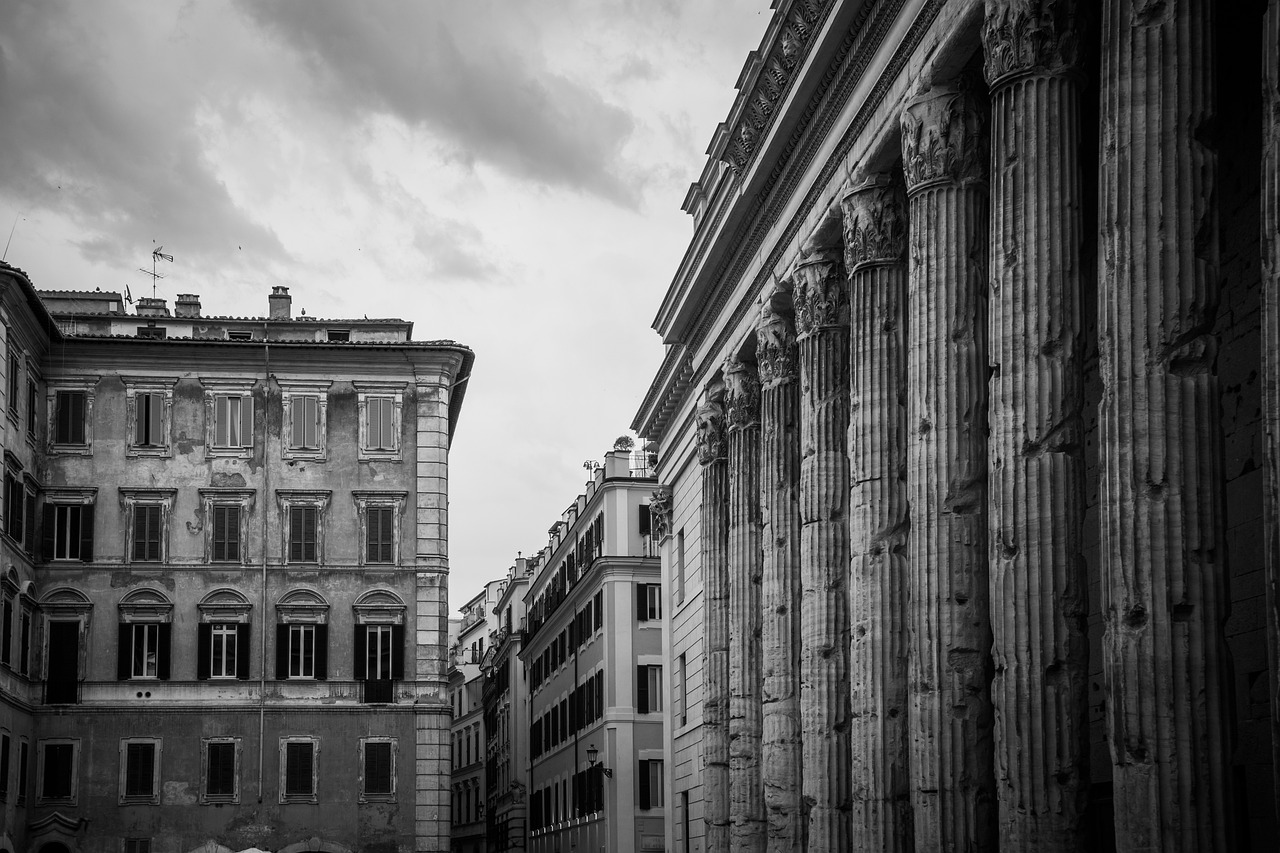The Roman Temple of Évora stands out as one of the most significant and well-preserved relics from ancient Rome in the Iberian Peninsula. This remarkable structure earned its UNESCO World Heritage status in 1986 and serves as a prestigious emblem of the city, representing its rich Roman heritage. Visiting this temple, commonly misidentified as the Temple of Diana, feels like stepping back into history. It is not only a major tourist attraction in Évora but also one of the most iconic symbols of Roman rule in the area.
Constructed in the Corinthian architectural style during the early 1st century AD, the temple is strategically located in the historical core of the city at Largo Conde de Vila Flor. Nearby are notable sites such as the Évora Cathedral, the Évora Library, Fórum Eugénio de Almeida, Évora Museum, and the charming inn, Pousada Convento de Évora. This rich historical circuit can easily be explored in a single day, and a leisurely visit to Jardim de Diana, where visitors can unwind and enjoy refreshing beverages while taking in stunning views of the city and the surrounding Alentejo plateau, is highly recommended.
Despite being commonly referred to as the Temple of Diana, this name originates from a 17th-century legend that mistakenly claimed it was dedicated to the Roman goddess of the hunt. In truth, the temple was built as a part of the Roman forum to honor Emperor Augustus, who was later venerated as a deity.
The temple experienced numerous modifications throughout the centuries. In the 2nd and 3rd centuries, it underwent alterations and saw partial destruction due to invasions by barbarian tribes during the 5th century. Subsequent historical periods saw the temple repurposed for various uses, including serving as a secure storage area during the 14th century, and later transforming into a slaughterhouse.
A significant restoration occurred in the latter half of the 19th century, aiming to restore the monument to its original grandeur. By the 20th century, excavations uncovered remains of a portico, suggesting its former surroundings were near water.
Today, despite extensive changes over the years, the Roman Temple of Évora retains much of its original design. Its majestic rectangular form stands prominently, supported by a nearly intact base made from large granite blocks, rising approximately 11.5 feet (3.5 meters) high. Visitors can still admire the 14 original Corinthian columns, many of which feature their white marble capitals from Estremoz. Although the mosaic floor has been lost to history, the remaining structure allows a glimpse into its grandeur.
Currently, the podium retains its impressive stature, with the staircase in ruins. At the northern end, six columns stand firm beneath the original architrave, while an additional seven columns—four to the east and three to the west—complete the magnificent façade. The temple serves as a popular backdrop for newlyweds capturing timeless photographs, tourists eager to preserve memories, and local graduates from Évora University celebrating their accomplishments. This enduring monument captivates all who visit, a testament to its historical significance and beauty.



